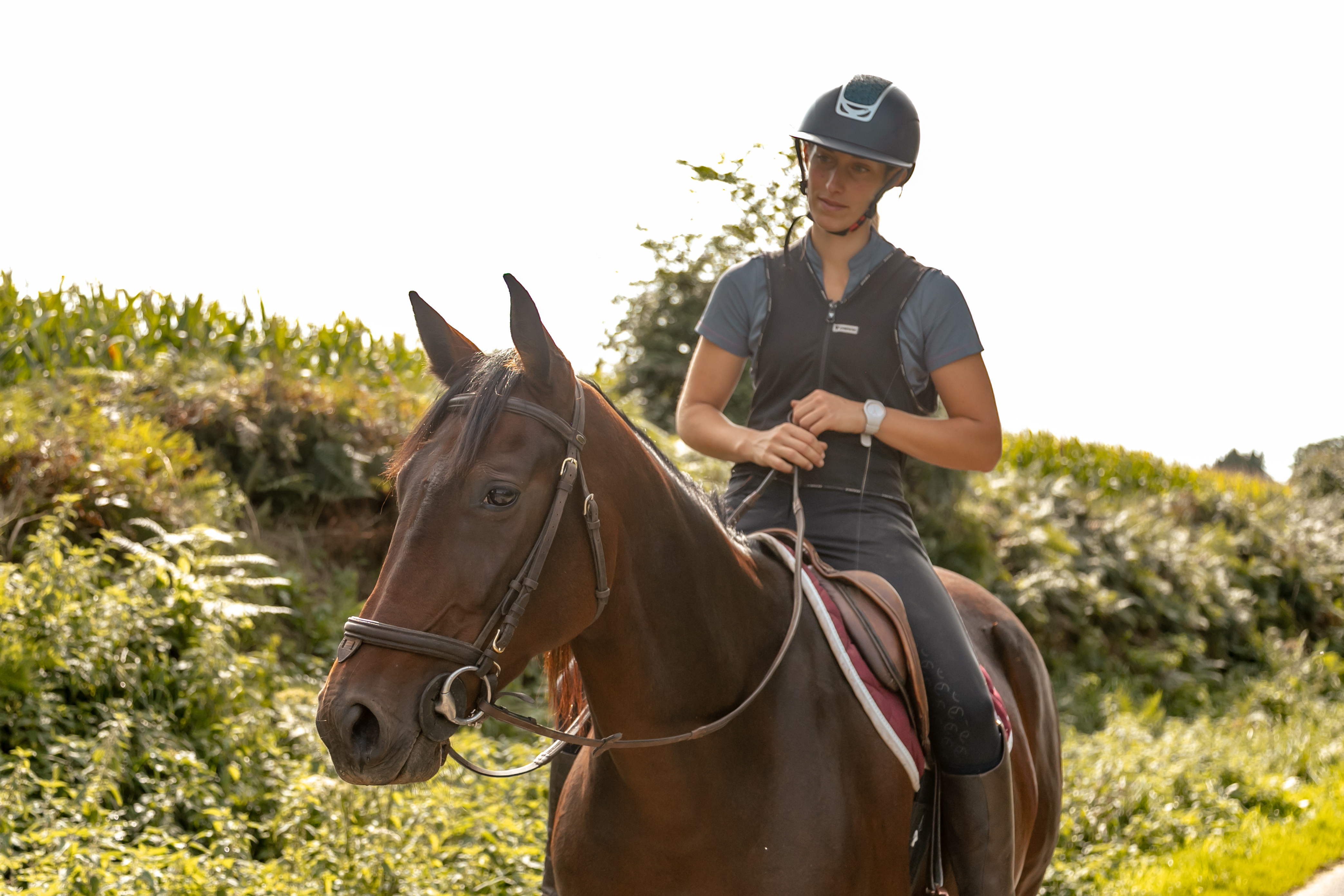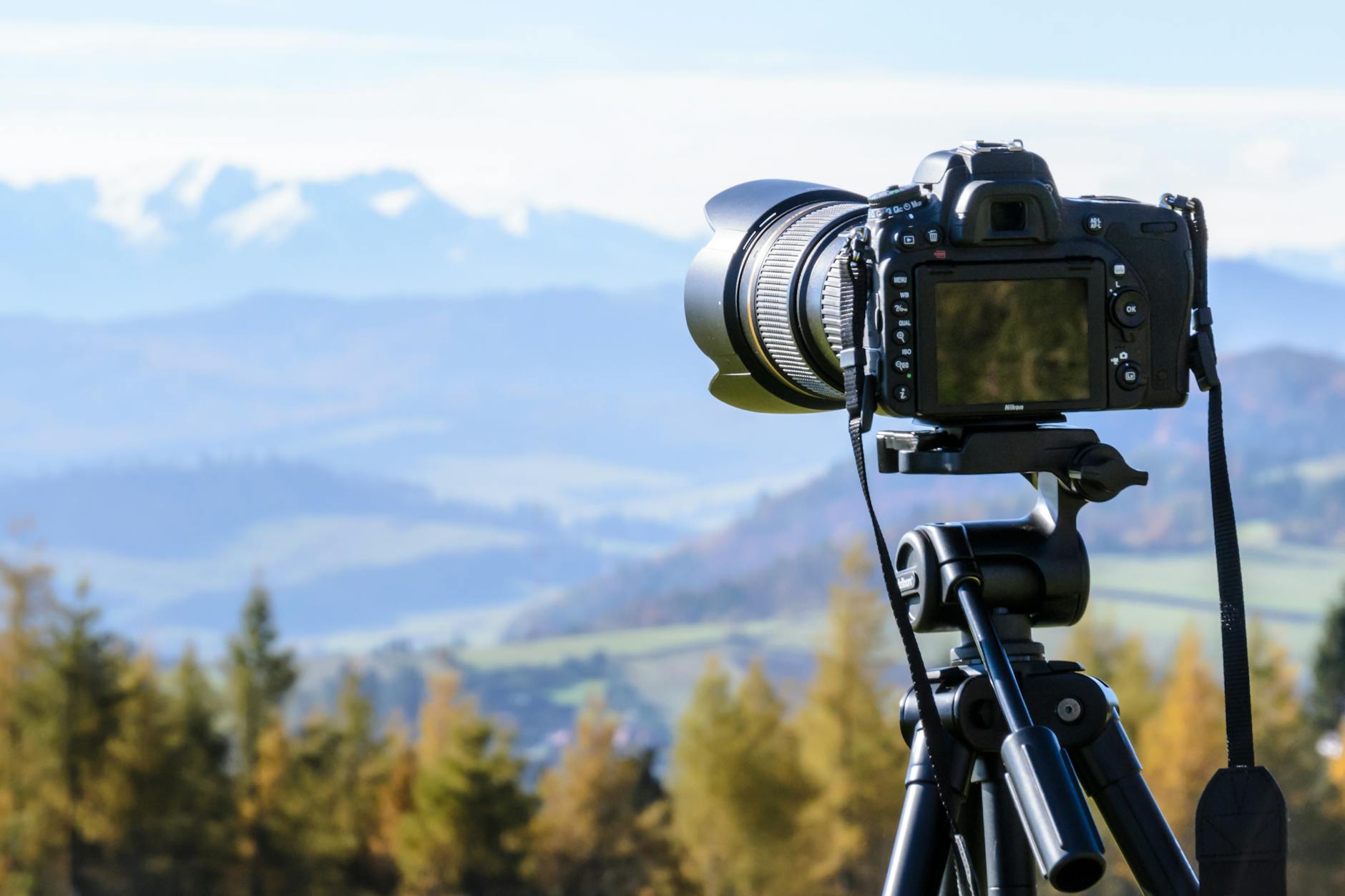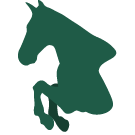Votre panier est actuellement vide !
Étiquette : Lifestyle

Keeping Horses in France: Registering Your Horse
As in my previous post A guide to keeping horses in France, I briefly mention the governing body Institut Français du Cheval et de l’équitation (IFCE). This is the authority for everything legal horse-wise. Their website also contains all the information needed to register your horse, however, it is tough to navigate. This post should help you with how to register your equine in France.

Registering Your Horse
On arrival in France, you have 90 days to register your horses here. This is compulsory for any equine, retired, youngster, competition horse, or happy hacker. If you’ve been here a bit longer, don’t worry as you can still get the registration done.
All horse registrations are done through the IFCE website, either online or by a printable form. You will also need to declare your horses if you are importing more than 3 equines. This is done via your DDPP. Each Department has a branch and you can find them on Google.
Purebred or Non-Purebred?
As part of the registration process, you will need to declare if your horse is purebred or not.
For Purebred horses, you will need to re-register it here as Plein Papier (PP).
If they are not full-bred but have a bloodline (parentage listed on their papers) then you can register it as Origin constaté (OC).
If your horse is a complete mix, with no known parentage then it will be registered here as Origin Non-Constaté (ONC).
You may not think it matters too much, but here in France, only PP and OC can compete at the higher levels of the sport, outside that of “club” level.
It costs more to register a horse PP than ONC. In 2023 the price for registering a PP or OC is €110, and an ONC €80. (prices correct 2023)What’s Needed to Register
To register a full-bred horse (PP), Pony or OC :You will need to send to the SIRE:
- The original of the EU standard passport
- A declaration of honour stating the ownership of the horse
- A French cheque for 110 € payable to the IFCE corresponding to the registration and printing costs of the registration card.
- For a return by tracked mail, provide a specific “suivi” envelope
To register an ONC :
If your horse is not a recognised breed, you will need to send to the SIRE:
- The original passport of the equine.
- A letter stating you are the sole owner of the horse. This needs to include, your full name, DOB, address as well as the details of your horse.
- A French cheque for 80€ payable to the IFCE corresponding to the registration and printing costs of the registration card.
No matter which category your horse falls into, you will need to send them the correct documents to the address below:
Institut français du cheval et de l’équitation
SIRE – Service des chevaux importés
BP 3 – 19231 ARNAC POMPADOUR cedex
Other Important Registrations
Stables
You must declare where your horse is kept to SIRE. This measure aims to identify all places likely to accommodate equines, temporarily or permanently, in order to put in place the necessary health actions.
In the event of an epidemic, such as the EHV-1 in 2021, the health services will be able to act with each horse owner as soon as possible. Any new horse owner must register where their horse(s) will be kept. Following registration, they will receive an acknowledgment of receipt, which will serve as proof in the event of an inspection. This acknowledgment of receipt includes the holder number assigned by the SIRE.
License to Ride
To ride legally in France, you need to show that you are medically viable to. This comes in a form of a license, it is the same for all physical activities and sports. The basic French Equestrian Federation (FFE) license for an adult costs 36€ per year and includes basic insurance for the rider. The license also enables you to have insurance if you are riding someone else’s horses.You can get an FFE license from your local riding school, some will expect you to pay to be a member of their club. Or if you keep your horses at home, you can apply for an FFE affiliation license.
Insurance
Make sure that you check with your house insurer that your horses are on the policy. This covers you should they escape from the field and cause damage to crops etc., or cause an accident on the road. This insurance does not cover you when you are riding them. This is the same for any large dog breeds.
There is basic 3rd party insurance included on your FFE licence and you can add to it for around 30€ per year to up the cover. The insurance covers you when riding or handling horses. The FFE licence covers you for all riding activities including all 27 FFE disciplines, hacking, organised rides (randonnées) etc. It does not cover you for racing or hunting.More Horse Info
Be sure to check out my other posts relating to keeping horses in France.
Of course any questions, comments, or concerns, feel free to comment below or send me a message!

Photography A-Z
Let’s see how much camera vocabulary I can fit into the alphabet. Photography A-Z is a fun exercise and post to test knowledge, feel free to do your own and tag me! The answer is way too much so I have cut it down to the basic words and their meanings. I do reach a little with X and Y, fall flat at Q and make interesting choices all over.
What words would you have chosen in your photog alphabet? Leave me a comment below!

Photo by PhotoMIX Company on Pexels.com A
Aperture
The opening in the camera lens, that controls how much light enters the camera and how much of your image will be in focus.Aspect Ratio
The proportional difference between width and height. Typically 35mm film is 3:2.Av
Aperture Priority setting on a DSLR, sometimes written as AB
Bokeh
This is a technique using the aperture setting to create deliberate out-of-focus parts. Known to describe the quality of the out-of-focus parts. Learn how to do it here!Bracketing
This is where several shots are taken in short succession with various settings of the same subject. Usually, this is different shutters or apertures to create dynamic images.C
Crop Sensor
If you have a crop sensor camera, it means that the digital sensor is smaller than a full frame. The photos will be more zoomed in than images taken at the same focal length in a full frame.Canon
A brand that makes camera apparel.D
Depth of Field
Relates to the focus of the aperture.DSLR
Digital Single Lens Reflex. What most digital cameras with a mirror in are referred to as.Dynamic Range
The ratio between the largest and smallest values that a certain quantity can assume, such as light and dark, white and black.E
Exposure
How bright or dark an image is, refers to the combination of Aperture, Shutterspeed, and ISO.F
Filters
Used on the end of a lens to add effects or help with certain photography techniques.Flash
An external light source is used to add fullness and depth to a subject or assist in lighting.Focal Length
The distance is measured in millimeters (mm) between the optical centre of the lens and the sensor of the camera when it is focused at infinity.F-stop
This is what Aperture is measured inFull frame
Digital equivalent of the standard film size of 35mm.G
Grain
Originally grain was added during the developing process of the film with the silver solution, now an effect that can be added in editing.Golden Ratio
Refers to a composition guide to make a picture desirable. It is a mathematical ratio – two quantities are in the golden ratio if their ratio is the same as the ratio of their sum to the larger of the two quantities.H
HDR
High Dynamic Range. This can be achieved when using bracketing high and low values together.Histogram
A graph tool that shows tonal and exposure distrubution of pixels in an image.I
ISO
The sensitivity of the digital sensorJ
JPEG
A file format of high compression that can be used to store images.K
Kelvin
The temperature measurement light is measured within the White Balance.L
Leica
A brand of lenses that are perfect for mirrorless 4:3.Lumix
A brand under Panasonic that creates camera apparel.M
Macro
Close-up photography of subjects that make them larger than life-size.Half way there of the Photography A-Z!
N
Nikon
A brand that makes camera apparel.Noise
Distortions in an image made up of small dotsND
Neutral Density filters can be used in long-exposure photography, as well as in HDR bracketing.O
Optical body
This is what a camera lens is.P
Prime Lens
A lens with a fixed focal length. Common Prime lenses are 50mm, 85mm, and 400mm.Q
The Impossible letter – I have nothing for this one sorry!
R
RAW files
A file type that most photographers shoot in. It allows a large storage of data without losing quality in compression.Rule of Thirds
Read more about this rule here!S
Shutterspeed
How fast the shutter of the camera opens and closes to capture an image. This is measured in fractions of seconds.T
Telephoto
The name for a lens with a longer focal length.Tripod
An essential piece of kit for photographers who want to avoid hand shake in long exposure or portraits.Tv
The short setting for shutter speed priority is also written as S on some cameras.U
UV filter
A filter used to protect lenses from the sun. This doesn’t change an image at all, just protects your lens!V
Videography
Not photography… A recording of moving visual images, it uses the same base principles as photography with addition of movement and sound.W
White Balance
White balance is the camera setting that adjusts how colors are rendered in an image. This is measured in Kelvin (K). A camera has inbuilt presets for white balance. Represented by clouds, shade, sunshine, and interior light.X
X-offset
This one is reaching. When editing an image in post-production, you can use the vertical and horizontal axis of the image to fix distortion. The X-offset refers to the horizontal rotation of the x-axis.Y
Y – offset
Like the X-offset the Y-offset refers to the rotation axis to fix the distortion of an image in post-production.
Z
Zoom lens
The name some people call a telephoto lens with variable focal lengths.26 letters later and we made it! If you want to read more about basic photography, feel free to browse my photography tips here!












